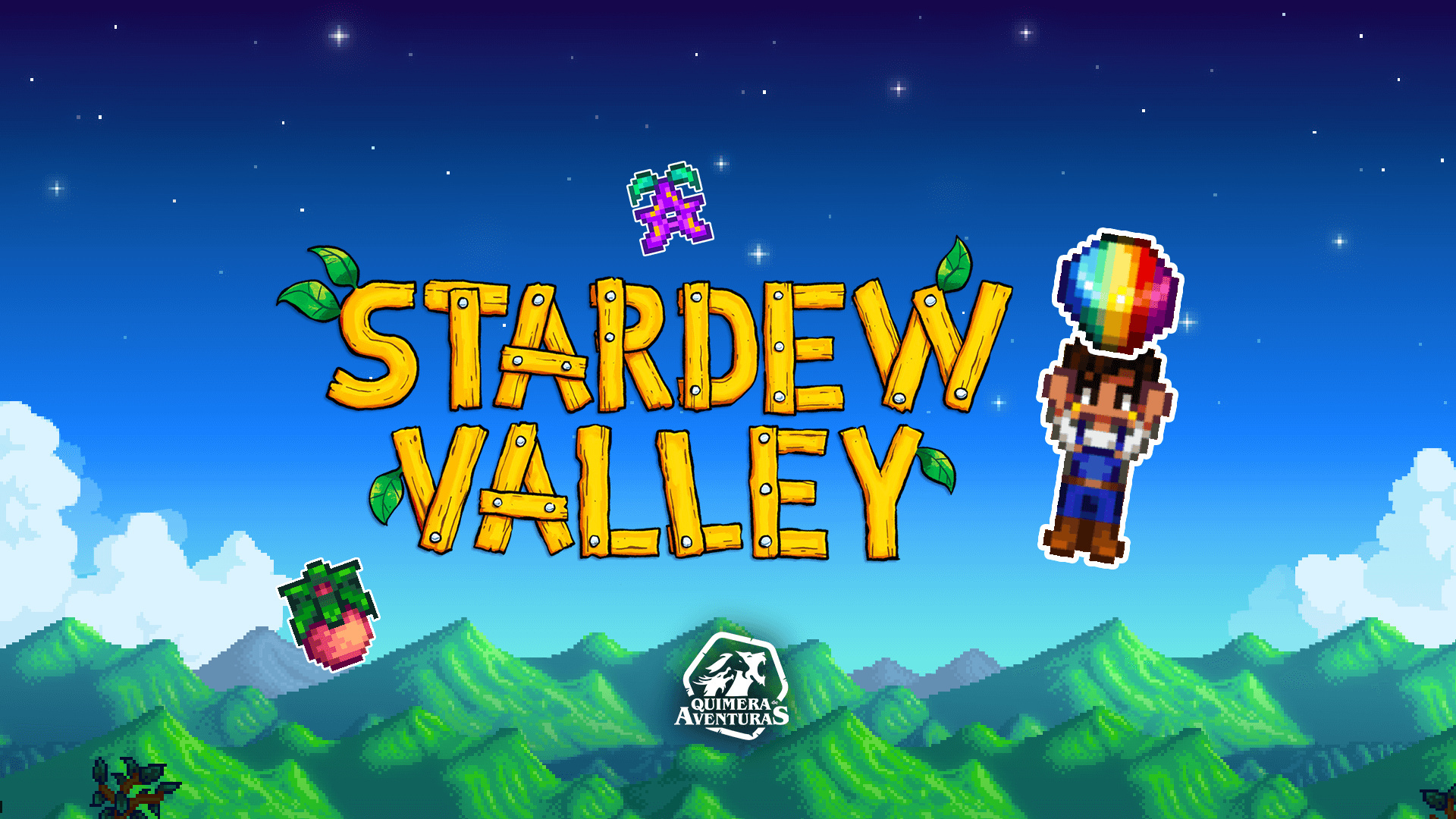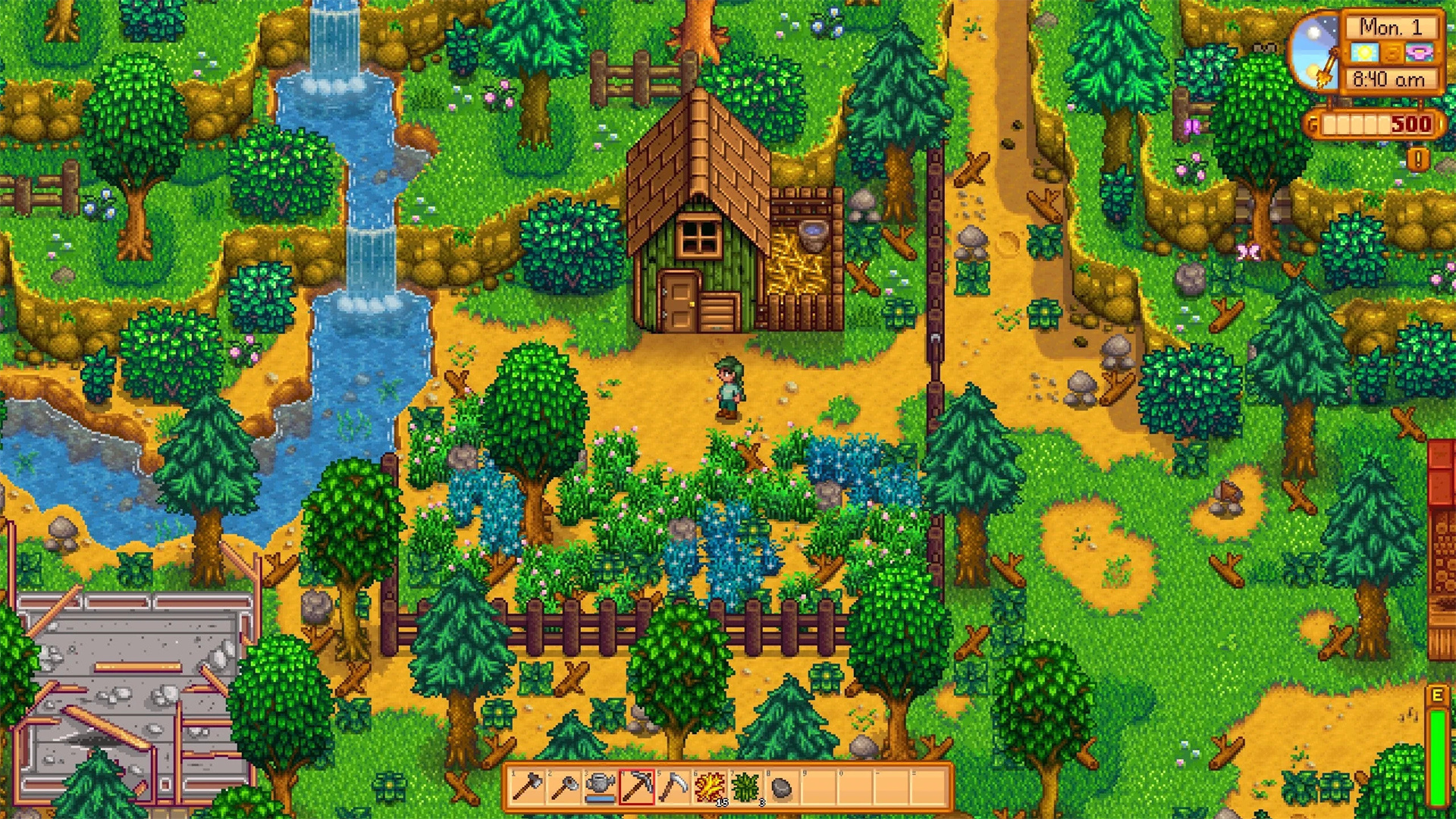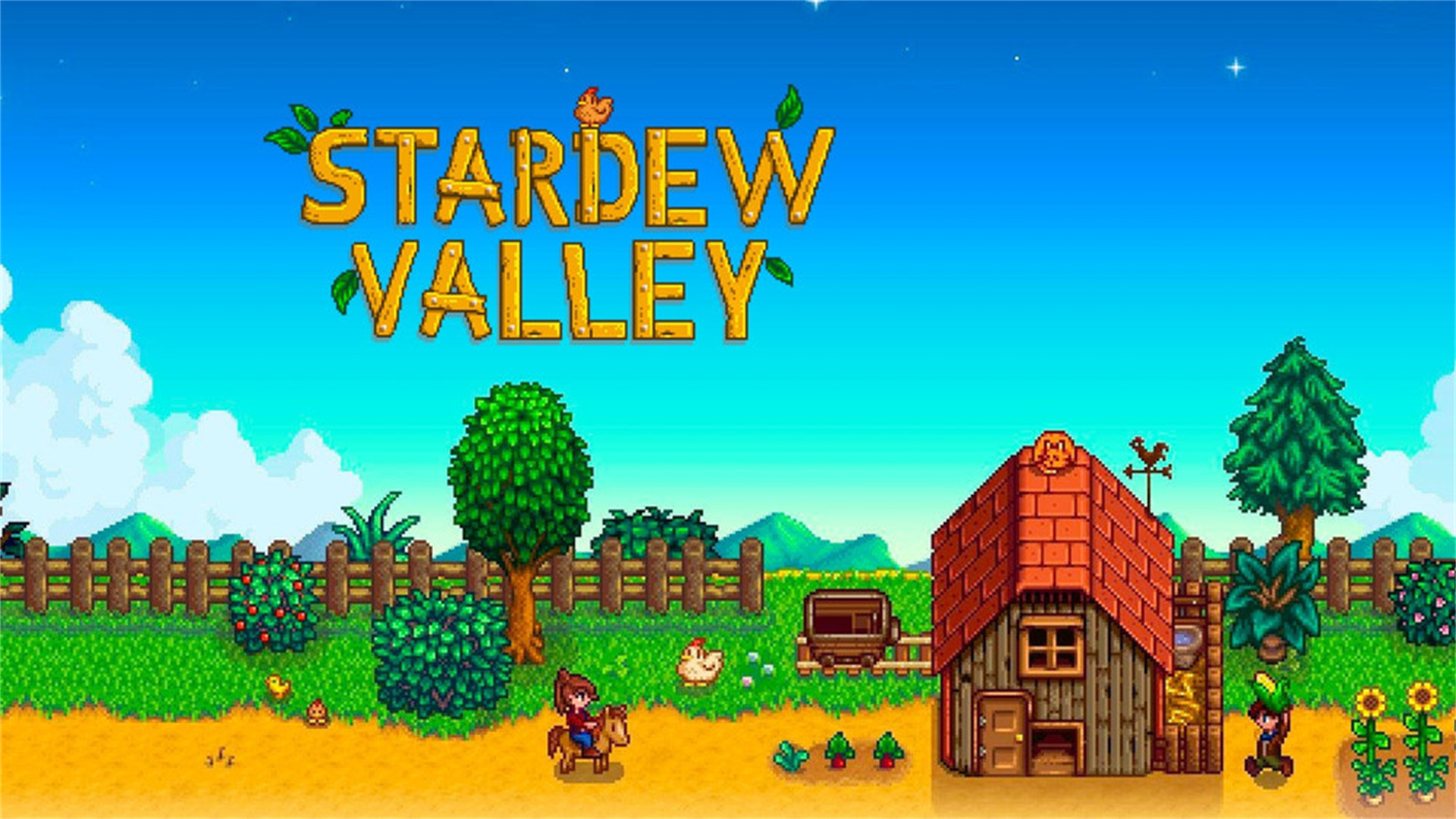The Soul of Stardew Valley: Unraveling Emotional Evolution and Bonds in Pelican Town
Stardew Valley is far more than a mere farming - management simulation. It's a digital realm that mirrors the complexities of human emotions, the ties that bind a community, and the intricate tapestry of relationships that define small - town existence. Beyond the tasks of tending crops and raising livestock, the core of Stardew Valley lies in its inhabitants - their narratives, vulnerabilities, and how the player becomes a vital force in mending their fragmented lives. This article delves deeply into the theme of emotional growth and interpersonal relationships within Pelican Town, analyzing how the game encapsulates empathy, grief, healing, and human connection in a virtual setting.

The Solitary Start: Breaking Free from Urban Chains
The adventure in Stardew Valley commences not with a grand mission but with an escape - from the hustle and bustle of urban life. The player leaves behind the concrete jungle, a clear metaphor for the overwhelming modern city existence, to take over their late grandfather's farm in Pelican Town. This act of departure sets the emotional tone for the entire story - a longing for purpose, simplicity, and reconnection.
In this transition, players symbolically shed the shackles of routine. The serene, pixel - art landscape of the valley welcomes them into a space that encourages patience and self - reflection. Unlike many games that push for rapid progress, Stardew Valley slows the player down. Each day unfolds at a leisurely pace, mirroring the fact that personal healing takes time. The farm becomes a blank slate for emotional rebirth.
Yet, the initial days are marked by a sense of loneliness. The empty farmhouse, the quiet fields, and the distance from the townsfolk all echo an inner solitude. Stardew Valley's first emotional lesson is that growth often starts with solitude - only by embracing isolation can one prepare for meaningful connections.
Mending the Fabric: The Art of Community Rebuilding
Pelican Town is not a utopian village; it's a place with cracks, burdened by past grievances and quiet despair. Its people have lost touch with the spirit of mutual reliance. The player's arrival acts as a catalyst for change, gradually stitching the community back together through simple acts of kindness, conversation, and shared experiences. Stardew Valley is thus a subtle exploration of social rejuvenation.
Each character embodies a different struggle - mental health issues, family feuds, isolation, and the search for identity. Helping them doesn't bring instant rewards; instead, it requires consistency and empathy. Through small gestures like offering gifts, participating in local events, or simply listening, the player learns that community cannot be forced back together - it thrives on understanding.
This process is parallel to the player's own healing. As the farm flourishes, so do relationships. Stardew Valley turns the act of befriending into a narrative rhythm, emphasizing that personal progress and social connection are intertwined.
The Hidden Wounds: Unspoken Sorrows of Pelican Town
Beneath the town's seemingly cheerful exterior lies a web of unspoken pain. Stardew Valley has the courage to confront the silent struggles that most games overlook. It's in these quiet moments - a person's battle with addiction, a veteran's post - traumatic stress, a child's sense of abandonment - that the game transcends mere simulation and becomes a form of human storytelling.
Characters like Shane, Sebastian, and Penny represent vulnerability. Shane's journey of overcoming alcoholism, for instance, is a powerful portrayal of despair and recovery. His gradual transformation, if supported by the player, becomes one of the game's most profound emotional rewards. Similarly, Sebastian's self - imposed isolation invites reflection on society's treatment of those who feel out of place, forcing players to question the limits of empathy.
Through these narratives, Stardew Valley reminds players that even the most picturesque places have their shadows. Healing is not about erasing pain but acknowledging it. This psychological realism makes Pelican Town feel alive, imperfect, and deeply relatable.

Love in the Valley: Romance as a Reflection of Self - Discovery
Romantic relationships in Stardew Valley are not just side quests; they are mirrors reflecting the player's emotional growth. Unlike traditional dating systems in games, these relationships develop through sincerity rather than conquest. Each potential partner has flaws, fears, and personal aspirations, which must be respected rather than "fixed."
For example, Penny's artistic dreams are accompanied by a fear of failure; Shane's newfound sobriety is paired with a sense of insecurity. The player's role is not to "save" them but to connect authentically. Love in Stardew Valley is thus less about possession and more about mutual acceptance - a digital manifestation of emotional maturity.
Moreover, the freedom to choose any partner, regardless of gender, promotes inclusivity. The game normalizes diverse relationships without making a big deal out of it, embedding acceptance naturally into its design. It's a world where love simply exists - organic, personal, and kind.
Festivals and Traditions: The Heartbeat of Collective Emotion
Festivals in Stardew Valley are more than just events on the calendar; they are emotional milestones that give rhythm to the year. These gatherings symbolize the cycles of human connection - moments of joy, nostalgia, and togetherness that break the monotony of daily life. They mirror real - life traditions that reinforce a sense of belonging and continuity.
Events like the Egg Festival or the Stardew Valley Fair invite both social vulnerability and courage. The Egg Festival, often awkward for newcomers, captures the fear of rejection and the longing for acceptance. The Stardew Valley Fair, by contrast, celebrates hard work and community pride. Each festival subtly teaches emotional lessons about participation and empathy.
Through repetition and seasonal rhythm, these traditions remind the player that community thrives on shared memories. Emotional well - being, like managing the farm, depends on showing up - even when the environment seems uninviting.
Generations and Heritage: The Weight of the Past
The presence of the player's late grandfather, though limited to the beginning and a later evaluation, anchors Stardew Valley in generational continuity. His spirit symbolizes moral inheritance - the idea that one's life and values echo beyond death. The player's success is not measured by material wealth alone but by compassion, relationships, and contribution to the town.
This theme is further explored through the town's elders, like George and Evelyn, whose lives reflect the slow passage of time. They embody endurance and nostalgia, reminding players that community identity is built on layers of memory. By caring for them, players metaphorically preserve the town's emotional heritage.
In a digital landscape obsessed with constant progress, Stardew Valley pauses to honor legacy. It asks players to look back with gratitude before moving forward with purpose.

Isolation and Belonging: The Balance Between Solitude and Community
Although the game celebrates community, it also respects the need for solitude. Stardew Valley recognizes that emotional well - being requires both connection and introspection. The farm becomes a sanctuary - a space where players can retreat, reflect, and realign their inner selves before re - engaging with others.
This duality is captured in the changing seasons. Winter, for instance, strips the valley of its vibrancy but invites contemplation. It's a time to rest, repair tools, and reconnect with inner peace. Conversely, spring revives energy and social interaction. The cyclical nature of the year thus becomes a metaphor for emotional balance.
Through this rhythm, Stardew Valley teaches players to value stillness as much as activity. It's an elegant reflection of human psychology: healing comes from harmony, not extremes.
The Moral Crossroads: The JojaMart versus the Community Center
Perhaps the most explicit ethical dilemma in Stardew Valley is the choice between restoring the Community Center or supporting the expansion of JojaMart. This decision transcends mere gameplay - it represents the tension between commercialism and communal values, between convenience and compassion.
Choosing the Community Center path is an act of restoration. Each completed bundle revives a part of Pelican Town's identity. It's a slow, deliberate process that mirrors rebuilding trust. Supporting JojaMart, on the other hand, offers immediate rewards but strips the town of its soul. It's an emotional critique of modern consumer culture.
This moral tension encourages players to reflect on their own values. Stardew Valley doesn't preach - it simply lets the consequences unfold, trusting the player to learn through experience rather than instruction.
Seasons of Transformation: Emotional Cycles Mirrored in Nature
Nature is the silent storyteller of Stardew Valley. Each season brings not only new tasks but new moods, emotions, and reflections. Spring symbolizes renewal; summer radiates passion; fall evokes nostalgia; and winter invites introspection. These cycles subtly mirror the player's emotional journey across the years.
The game's art and sound design reinforce this emotional flow. The gentle chirping of birds in spring or the soft crunch of snow underfoot in winter evokes sensations of peace and melancholy. Nature, in Stardew Valley, is not passive scenery - it's an emotional partner, shaping how players feel and act.
By aligning human emotion with natural rhythm, Stardew Valley reawakens a forgotten truth: emotional well - being thrives when humans live in harmony with the earth's cycles.

The Eternal Cycle: Reflection and Legacy at Journey's End
When the spirit of the late grandfather returns to evaluate the player's journey, it feels less like a test and more like a mirror. The evaluation doesn't measure productivity but emotional depth - how much the player has cared, connected, and healed. Success in Stardew Valley is not about completion; it's about becoming part of a living community.
By the end, Pelican Town no longer feels like a game world - it feels like home. Every friendship, every restored building, and every harvested crop carries memory. The player's emotional journey transforms the digital valley into an extension of their inner world, proving that even pixelated relationships can foster genuine reflection and empathy.
Stardew Valley concludes not with an ending but with continuity. The farm remains, seasons change, and the town endures. Emotional growth, like the soil, must be tended forever.
Conclusion
Stardew Valley is more than a game - it's a meditation on emotional healing, connection, and purpose. Through its subtle storytelling and cyclical structure, it teaches that the most fulfilling harvests come not from the land but from the human heart. In its quiet creeks and lively festivals, it captures the essence of belonging - a lesson both timeless and tender. Every conversation, building, and season in Stardew Valley becomes a reflection of what it means to grow not just as a farmer, but as a person.






